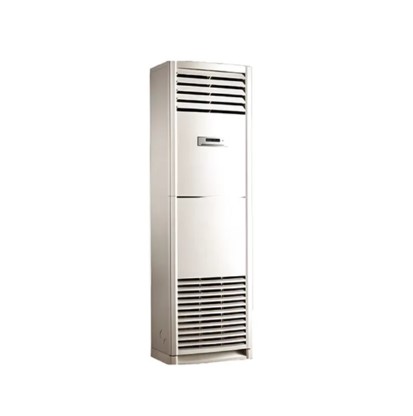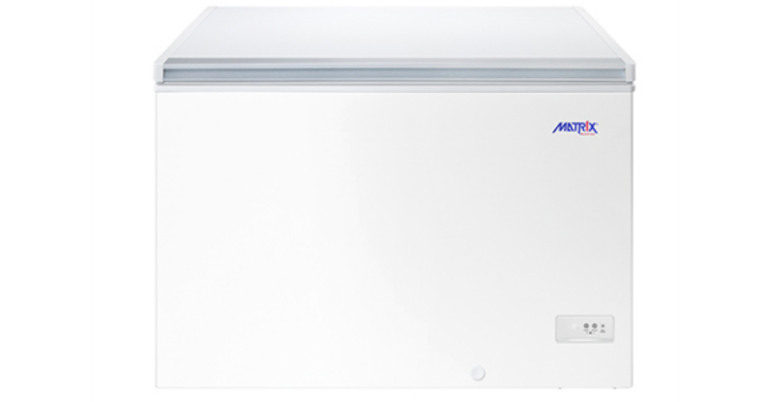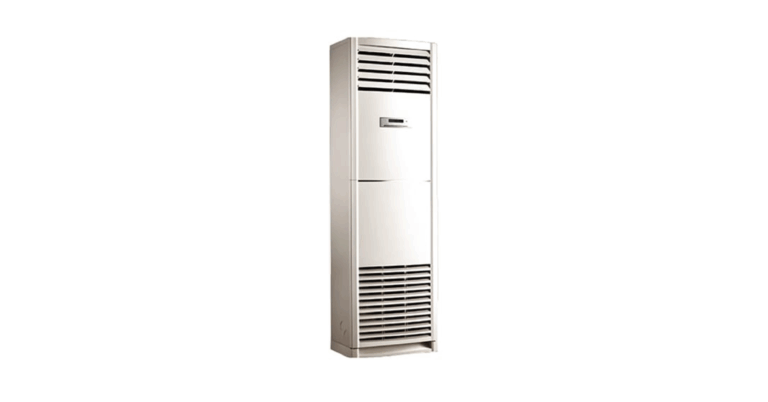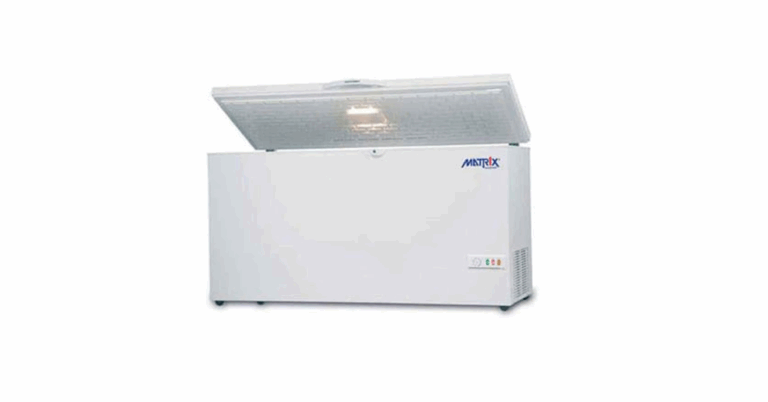The Role and Advantages of a 300L Cruise Fridge in Modern Marine Applications
When it comes to marine vessels, especially cruise ships, reliable refrigeration is not just a convenience—it is a necessity. A 300L Cruise Fridge is one of the most efficient solutions for preserving food and beverages at sea. Its design takes into account the unique challenges of the maritime environment, ensuring that passengers and crew have access to fresh and safe provisions throughout the voyage. With an ideal balance of storage capacity and compact size, this type of fridge has become an essential component of modern cruise operations.
Why a 300L Cruise Fridge Matters at Sea
Unlike a household refrigerator, a cruise fridge is designed for an environment that is constantly moving and exposed to harsh conditions. The 300-litre capacity is large enough to accommodate a substantial amount of food and drinks yet compact enough to fit in ship galleys, crew quarters, or bars without taking up unnecessary space. Cruise ships cater to thousands of passengers, which means every piece of equipment must be reliable, energy-efficient, and built to last in demanding conditions.
The fridge must also withstand the challenges of salt air, humidity, vibration, and fluctuating ambient temperatures. Beyond just storage, it helps reduce food waste, maintains safety standards, and supports seamless hospitality operations.
Special Design Considerations
One of the most important features of a 300L cruise fridge is its robust construction. It typically incorporates stainless steel or marine-grade alloys to resist corrosion from salt and humidity. Insulation plays a critical role in reducing energy usage and keeping internal temperatures consistent, even when external conditions are unpredictable. Strong door seals and high-quality gaskets prevent leaks that could compromise cooling performance.
Vibration and tilt resistance are also essential. Cruise ships rarely remain completely stable, and a marine fridge must continue functioning during constant rolling or pitching. Compressors are designed to operate at varying angles, ensuring uninterrupted cooling. In addition, modern fridges are engineered to run on a ship’s 220V supply, with protective systems against power fluctuations, which are common on board.
Ease of maintenance is another consideration. A fridge at sea cannot afford long downtime, so marine-grade units are built with modular parts and accessible panels for quick servicing. Safety standards and certifications ensure that the equipment meets maritime regulations while offering dependable performance.
Benefits for Cruise Operations
The advantages of using a 300L cruise fridge are significant. Its capacity strikes the perfect balance for onboard storage, large enough to hold daily provisions yet not oversized to the point of wasting space or energy. Multiple units can be strategically placed across the ship, from galleys to pantries and even bars, reducing the need to transport food long distances. This decentralization not only improves efficiency but also provides redundancy—if one unit fails, others continue to operate.
Energy efficiency is a major benefit. Power generation on ships is expensive, often relying on fuel-burning generators. A fridge that minimizes energy consumption directly reduces operational costs and contributes to environmental goals. At the same time, consistent cooling reduces spoilage, ensuring passengers and crew always have access to safe and fresh meals.
Flexibility is another strong point. The 300L unit is compact enough for varied use, whether in specialty kitchens, VIP suites, or staff areas. This versatility makes it a practical choice across different sections of the vessel.
Challenges and Practical Solutions
Even with its advantages, operating a cruise fridge at sea comes with challenges. Fluctuating ambient conditions such as high humidity or heat on sun-exposed decks can stress refrigeration systems. Intelligent temperature control and variable-speed compressors are often used to adapt to these conditions. Power fluctuations pose another risk, but protective circuits and stabilizers help prevent damage to compressors or electronic controls.
Corrosion remains an ongoing concern in marine environments. This is mitigated by using protective coatings, corrosion-resistant metals, and regular inspections. Accessibility can also be a challenge in compact ship layouts, so modular designs with removable parts are essential for quick servicing. Noise and vibration are carefully controlled with dampening mounts and insulation to ensure guest comfort.
Best Practices for Operation
To get the best performance from a 300L cruise fridge, proper installation is key. The unit should be placed on stable surfaces with sufficient ventilation to prevent overheating. Pre-cooling the fridge before loading provisions ensures stable temperatures and reduces stress on the compressor. Items should be arranged to allow proper air circulation, avoiding overloading.
Routine maintenance, such as cleaning coils, inspecting seals, and checking for corrosion, helps extend the lifespan of the unit. Remote monitoring systems can be integrated into a ship’s automation network, providing real-time alerts if temperatures fluctuate or doors are left open. Keeping spare parts such as gaskets, filters, or fans on board is also recommended to avoid downtime during long voyages.
Real-World Applications
On a cruise ship, the 300L fridge can serve multiple roles. In the galley, it stores ingredients that chefs need close at hand, supporting smooth meal preparation. In bars and buffet stations, it keeps beverages and desserts chilled for immediate service. Crew quarters may also feature these fridges for convenience, reducing reliance on central cold rooms. Specialty kitchens, such as bakeries or sushi counters, often use dedicated units to ensure ingredients are kept at precise temperatures.
This decentralized approach to refrigeration improves workflow, saves time, and enhances overall service quality for passengers.
Environmental and Economic Impact
The benefits of a 300L cruise fridge extend beyond convenience. Energy efficiency translates directly to fuel savings, which helps cruise lines reduce costs and emissions. By maintaining proper temperatures, these fridges reduce food spoilage and waste, supporting sustainability goals. Although marine-grade equipment may have a higher initial cost, the long-term savings in energy, maintenance, and food preservation make it a smart investment.
Additionally, compliance with environmental regulations is becoming more important in the shipping industry. Modern fridges often use eco-friendly refrigerants with low global warming potential, helping ships meet international standards while minimizing their environmental footprint.
Innovations and Future Trends
Marine refrigeration is constantly evolving. Future 300L fridges are likely to incorporate smart technology with IoT-based monitoring, allowing predictive maintenance and energy optimization. New refrigerants and alternative cooling methods will further reduce environmental impact. Designs are becoming more modular and compact, making them easier to install even in tight spaces. Advances in acoustic insulation and vibration control will continue improving passenger comfort.
Conclusion
A 300L cruise fridge is more than just a storage appliance—it is an essential part of marine hospitality and operations. By combining the right balance of capacity, durability, energy efficiency, and adaptability, it ensures food safety and passenger satisfaction while supporting cost savings and environmental goals. With proper installation, maintenance, and use, this fridge becomes a reliable partner at sea, playing a quiet but crucial role in keeping a cruise ship running smoothly.







